Integrative multi-omic profiling of adult mouse brain endothelial cells and potential implications in Alzheimer's disease
- PMID: 37925638
- PMCID: PMC10843806
- DOI: 10.1016/j.celrep.2023.113392
Integrative multi-omic profiling of adult mouse brain endothelial cells and potential implications in Alzheimer's disease
Abstract
The blood-brain barrier (BBB) is primarily manifested by a variety of physiological properties of brain endothelial cells (ECs), but the molecular foundation for these properties remains incompletely clear. Here, we generate a comprehensive molecular atlas of adult brain ECs using acutely purified mouse ECs and integrated multi-omics. Using RNA sequencing (RNA-seq) and proteomics, we identify the transcripts and proteins selectively enriched in brain ECs and demonstrate that they are partially correlated. Using single-cell RNA-seq, we dissect the molecular basis of functional heterogeneity of brain ECs. Using integrative epigenomics and transcriptomics, we determine that TCF/LEF, SOX, and ETS families are top-ranked transcription factors regulating the BBB. We then validate the identified brain-EC-enriched proteins and transcription factors in normal mouse and human brain tissue and assess their expression changes in mice with Alzheimer's disease. Overall, we present a valuable resource with broad implications for regulation of the BBB and treatment of neurological disorders.
Keywords: Alzheimer's disease; CP: Neuroscience; blood-brain barrier; endothelial cells; multi-omics; proteomics.
Copyright © 2023 The Author(s). Published by Elsevier Inc. All rights reserved.
Conflict of interest statement
Declaration of interests C.J.K. is a founder and advisor of Surrozen, Inc., Mozart Therapeutics, and NextVivo, Inc. H.Y.C. is a co-founder of Accent Therapeutics, Boundless Bio, and Cartography Biosciences and is an advisor to 10× Genomics, Arsenal Biosciences, and Spring Discovery.
Figures
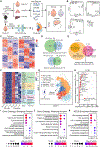
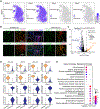

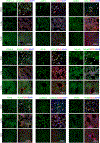
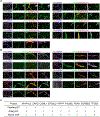

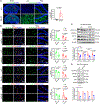
References
Publication types
MeSH terms
Substances
Grants and funding
LinkOut - more resources
Full Text Sources
Medical
Molecular Biology Databases
Miscellaneous

